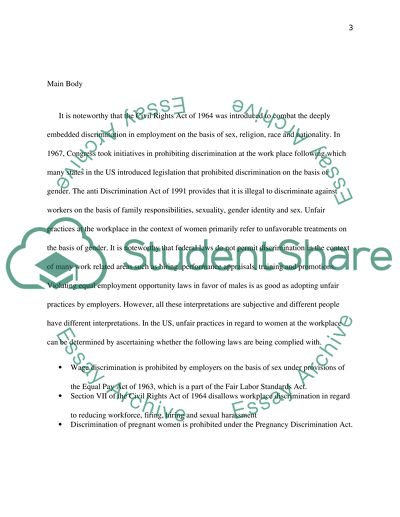Cite this document
(“Women, Work and Family Essay Example | Topics and Well Written Essays - 2500 words”, n.d.)
Retrieved de https://studentshare.org/philosophy/1392742-women-work-and-family
Retrieved de https://studentshare.org/philosophy/1392742-women-work-and-family
(Women, Work and Family Essay Example | Topics and Well Written Essays - 2500 Words)
https://studentshare.org/philosophy/1392742-women-work-and-family.
https://studentshare.org/philosophy/1392742-women-work-and-family.
“Women, Work and Family Essay Example | Topics and Well Written Essays - 2500 Words”, n.d. https://studentshare.org/philosophy/1392742-women-work-and-family.


